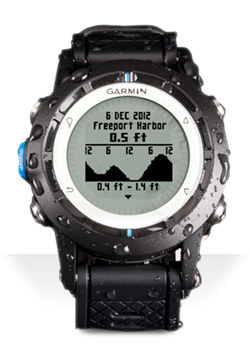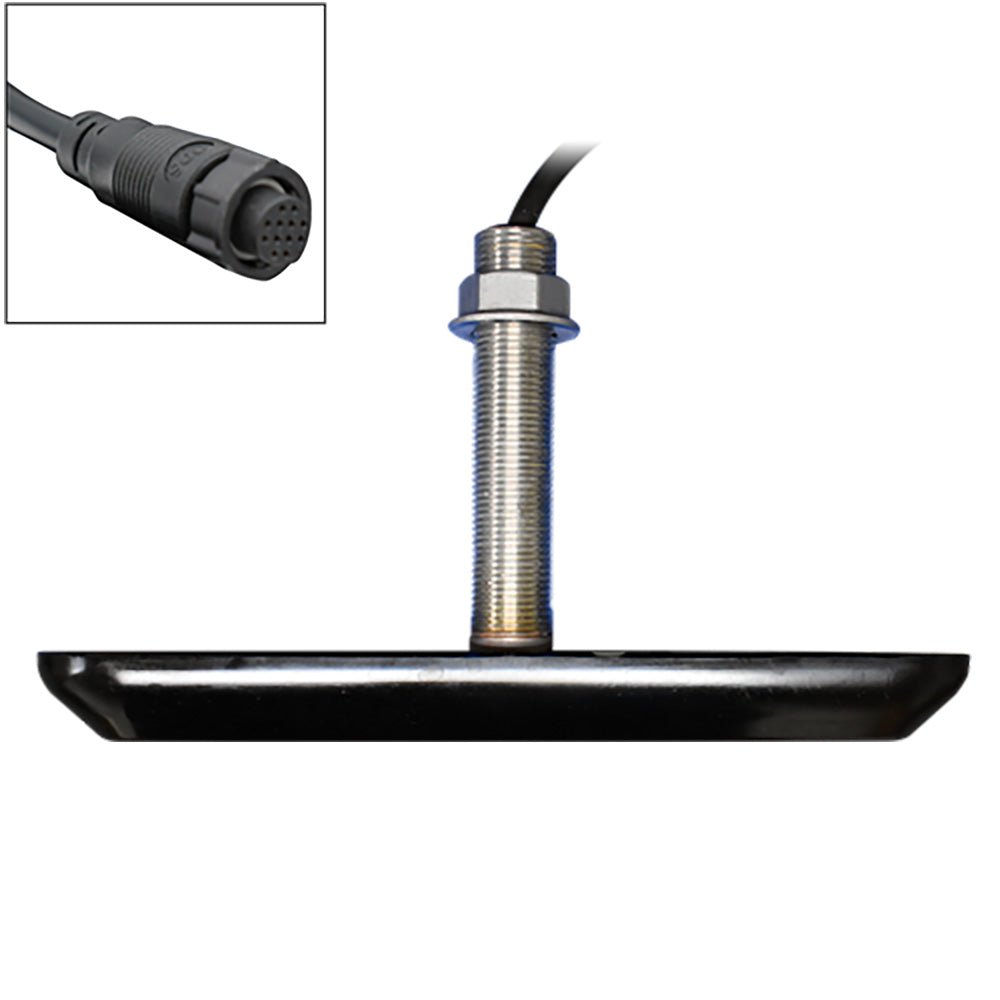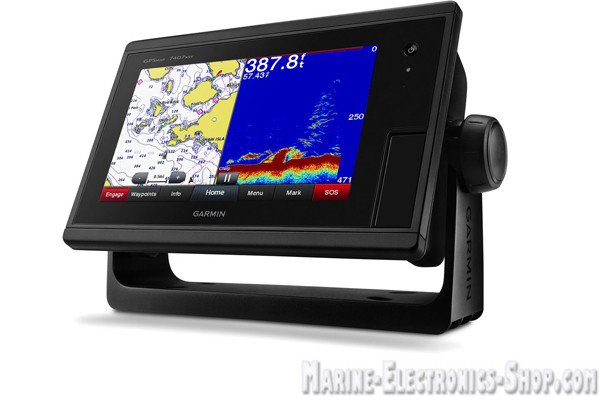
Even if you can find one, think about what his or her charge rate is likely to be. Good luck with that in most of the places we voyage to. And if the problem is intermittent, as it very likely will be, then the trouble shooting is going to be ten times more difficult.īut not to worry, all you need is a “NMEA-certified electronics technician”. No, all you can do is check every single connector and terminator until you find the bad one. I’m an electronics and computer technician by trade and I can tell you that network problems can be some of the most frustrating and time consuming problems to troubleshoot because there is no easy way to logically zero in on the failure point.

And all it takes is one of those connectors to fail and it’s lights out. There are yards of cable with dozens of connectors snaking all over your boat and routed through inaccessible and damp places. Follow this link to find the closest CET to your homeport.
#GARMIN HOMEPORT NMEA DEVICES PROFESSIONAL#
If cleaning and reseating connectors or terminators cannot solve a problem, then by all means seek the professional help of an NMEA-certified electronics technician. The problem, however, could be as simple as a missing/damaged terminator or loose/dirty connectors. This is because if there is a short or open in the trunk or drop lines it can affect the entire network, downgrading overall performance or even taking down the network. So how likely is it that this will happen? Let me quote from the ON article (emphasis mine).īecause cabling problems are especially troubling for bus or linear topology networks such as NMEA 2000, the cabling should be checked first if any malfunctions start to manifest. That’s going to be fun! As a famous ocean racing skipper was heard to say after nearly running aground on Cape Sable in the fog, “only your laundry knows for sure”. Murphy will make absolutely certain that all of this happens just as you are making an approach to a tricky harbour crawling with traffic…in the fog.

Most every techy type in the marine journalism community has been waxing eloquent about how cool this is. For those of you who are not aware, NMEA is a standard backbone cabling system that allows you to connect every piece of electronic gear on your boat together, regardless of what company manufactured each piece.

In december 2011 there was a feature request regarding depth in the threadĪbout depth data in the export function - but this was apparently not implemented even 3 years later.I was just reading an article on the NMEA 2000 marine network standard over at the excellent Ocean Navigator blog. In the playback i can see the depth just fine.Īny tips on how i can get my hands on the depth data ? Here is a segment of the first 10 datapoints In Homeport i can replay my sonar recordings and i can export the recordings, but the data does not contain depth. Now i want to get my hands on the sonar recordings. I have made a few trips with the Echomap50S recording 4Gigs of sonar data.
#GARMIN HOMEPORT NMEA DEVICES SOFTWARE#
Previously I had access to a Lowrance HDS7 and with the exported sonar recordings i made mighty fine looking depth maps with a tool called Surfer from Golden Software from raw exported x,y,z coordinates.Īlong with the Echomap there was delivered 2 pieces of software Homeport and BaseCamp. I have recently purchased a Echomap50S to extend my fishing results and to map the lakes i fish.


 0 kommentar(er)
0 kommentar(er)
